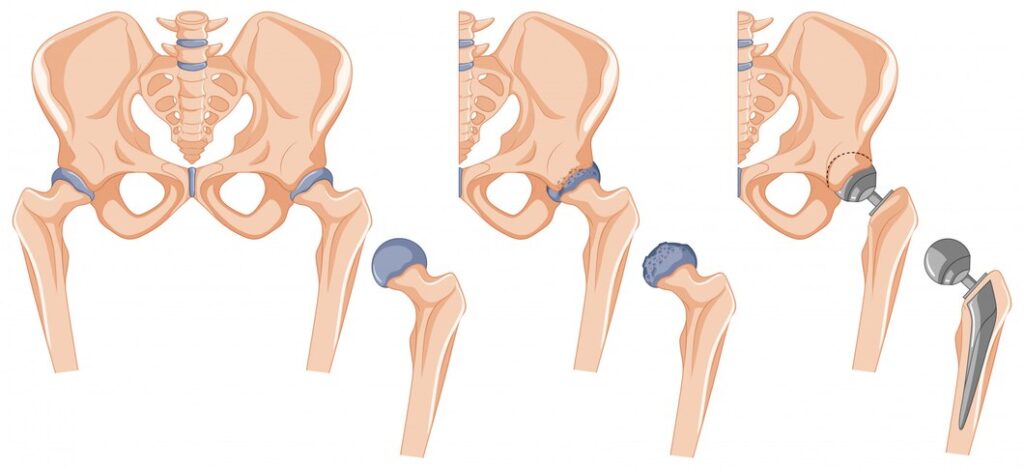Metal Induced Toxicity;

Overview:
Metal-induced toxicity resulting from hip replacement surgery is a serious concern that affects a significant number of patients. While hip replacements are generally successful in restoring mobility and reducing pain, the use of metal components can sometimes lead to adverse effects due to the release of metal ions into the body.
Metals Used in Hip Replacement Surgery:
The most common metals used in hip replacement surgery are cobalt, chromium, and nickel. These metals are chosen for their durability and biocompatibility. However, over time, friction between the metal components can cause wear and corrosion, leading to the release of metal ions into the surrounding tissues and bloodstream.
How it Causes Toxicity:
The mechanism behind metal-induced toxicity involves the gradual release of metal ions into the body. As the metal components of the implant wear down, microscopic particles are released into the surrounding tissues. These particles can trigger an immune response and lead to inflammation and tissue damage. Additionally, the metal ions can travel through the bloodstream and accumulate in various organs, causing systemic toxicity.
Organ Toxicity:
Cardiac Toxicity:
Excessive levels of cobalt and chromium ions have been associated with cardiac toxicity, including cardiomyopathy and arrhythmias.
Renal Toxicity:
Metal ions can accumulate in the kidneys, leading to nephrotoxicity and impairing renal function over time.
Neurological Toxicity:
Chronic exposure to metal ions has been linked to neurological symptoms such as cognitive impairment, neuropathy, and tremors.
Signs and Symptoms of Toxicity:
Local Symptoms:
- Persistent pain around the hip joint
- Swelling or inflammation
- Impaired mobility
Systemic Symptoms:
- Fatigue
- Nausea
- Headaches
- Visual disturbances
Early Screening:
Regular monitoring of metal ion levels in the bloodstream and imaging studies can help detect early signs of metal-induced toxicity in patients with hip implants.
Prevention:
- Choose implants made from alternative materials such as ceramic or newer generation polymers.
- Minimize friction and wear by ensuring proper implant alignment and surgical technique.
- Educate patients about the signs and symptoms of metal toxicity and encourage regular follow-up appointments.
Better Implants that Aren’t Toxic:
Advancements in biomaterials and implant design have led to the development of alternative hip implants that reduce the risk of metal-induced toxicity. Ceramic and polyethylene implants offer excellent durability and biocompatibility while minimizing the release of metal ions into the body. Additionally, newer technologies such as 3D printing allow for custom-made implants that fit each patient’s unique anatomy, further reducing the risk of complications.
In summary ,while hip replacement surgery is generally safe and effective, the risk of metal-induced toxicity should not be overlooked. That’s all about Metal toxicity from hip replacement surgery.


Pingback: Home - Common health conditions - ECG Oxford
Pingback: Common Health Conditions - Modern Health
Pingback: common health conditions - AcconstHost
Pingback: common health conditions - MedTimes